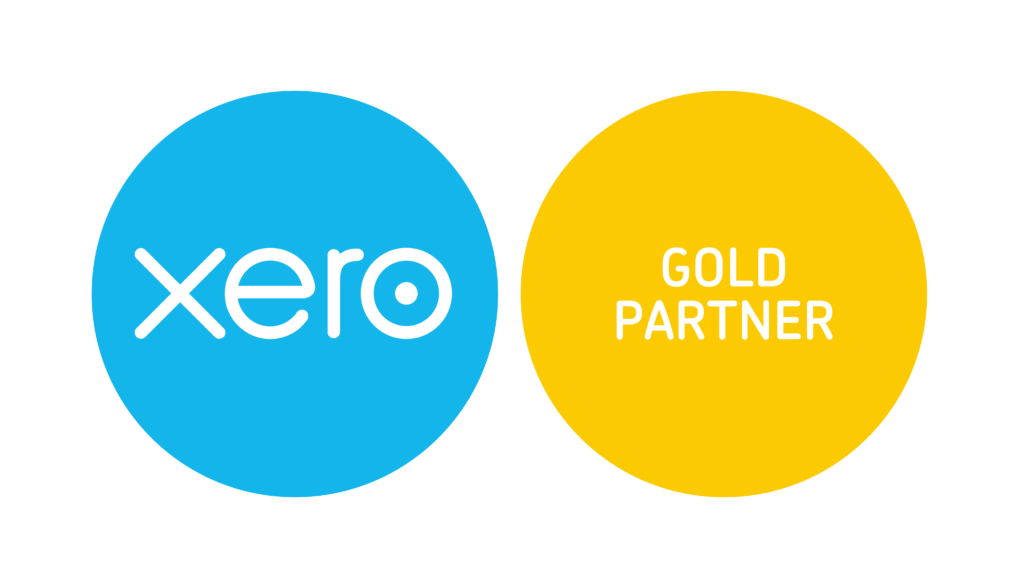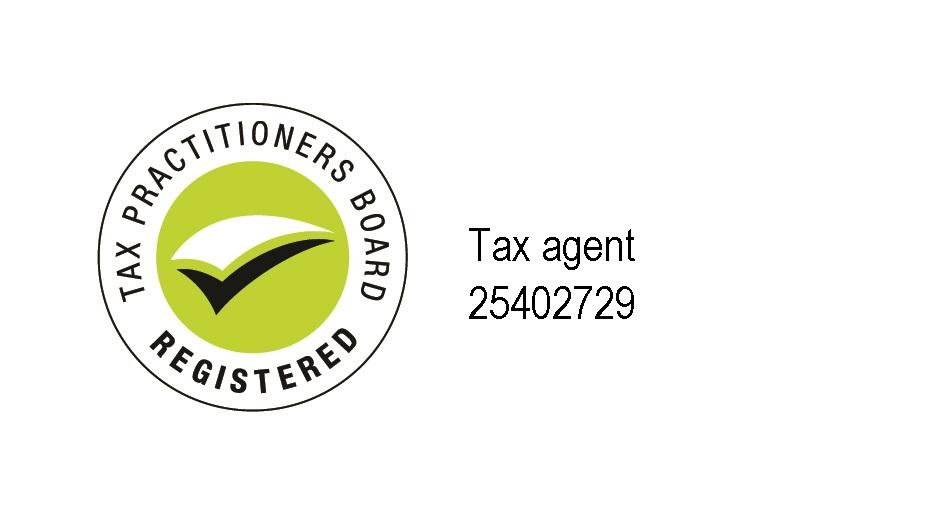Tax Planning – What is your tax strategy?

Key Points:
- Tax Planning is best performed in the lead up to June 30
- Reflect on how the business is performing and plan how to best manage potential tax liabilities and obligations
- Put in place proactive corrective action
Tax Planning is best performed in the lead up to June, before processing your company and individual tax returns. The aim is to assess your position holistically and model various scenarios – in an attempt to understand the best strategy for maximizing your deductions and returns. The outcome will allow you to reflect on how the business is performing, plan how to best manage potential tax liabilities and obligations and, consider any cash flow and corrective actions that may be required.
Tax planning can be quite detailed and may have a forward projection of 2-3 years. It will require assessment of both the expected taxable income of your business, minus any allowable deductions and, may also include an assessment of your personal taxable income. Tax planning done well will also allow you to understand your tax position at 30 June, based on year-to-date data plus projections. This will help you drive your business forward by understanding if the business is tracking to plan and achieving key performance drivers. A Tax Plan will also provide you with a view of your estimated tax payable, when it will be due and any technical tax matters that need to be dealt with, like Division 7A loan repayments, dividends to be declared or trust profit resolutions.
The benefits of a tax plan is that it provides you with the data to make informed decisions about your present position and gives you the impetus to apply corrective action in the coming financial year.
If the assessment highlights a higher income this financial year, with lower income forecasts in the years to follow, you might consider the following corrective actions:
- Prepaying your Expenses: this can include items like rent, insurance and subscriptions to professional associations in the present financial year. Up to 12 months of the following year’s expenses can be deducted in the current tax year.
- Instant Asset Write-Off:this allows you to deduct assets you purchase for your business, costing less than the associated threshold, immediately. This can apply to assets purchased new or second-hand. This opportunity will be available until 30 June 2020.
- Postpone Your Invoices: review your invoices and consider postponing some of your invoicing for the current tax year, if appropriate.
- Top Up Voluntary Superannuation Contributions: you can make personal contributions of up to $25,000 to superannuation and receive a tax deduction. You will need to ensure you complete the relevant super fund documentation to be able to claim a deduction in your personal tax return.
- Make your final superannuation payment before 30 June: Superannuation is deductible in the year the contributions are received by the superannuation fund. Therefore, paying your team’s superannuation prior to 30 June will ensure your business receives the tax deduction this year.
- Write-off any Unrecoverable Debts: if applicable, deducting any start-up expenses – such as obtaining legal or accounting advice on your business structure, and fees in relation to establishing the structure (e.g. ASIC company registration fee).
If you are expecting to have a higher income next financial year (2019-20), you can consider:
- Bringing forward invoices for scheduled work that will be carried out in the next financial year.
- Purchasing equipment or business assets this year. If you decide to purchase business assets, you should base this decision on the needs of your business. For example, you might need to purchase a vehicle for deliveries to help expand your business operations and achieve business goals, or because it is in line with your business plan.
The most important thing to remember is that there is no point in spending money to get a tax deduction, unless it’s going to result in something useful for the business and you. It is best to avoid buying assets for the sake of claiming a tax deduction – there is little point spending $1 to save 30 cents* in tax (*based on the most common business tax rate).
If you’re a small business owner, the following are some additional tax planning strategies to help you maximise deductions and returns:
- GST Cash Accounting: this means accounting for GST on a cash basis rather than accruals, so you pay GST to the ATO when you collect the cash, not when you issue your invoice. GST cash accounting is also good for improving your cash flow.
- Small business restructure rollover: this strategy can help in scenarios where you plan to change from a family partnership to a family trust. If you are a small business entity (SBE), you can transfer an active asset of your business (such as goodwill) to another SBE as part of a genuine business restructure, where there is no change in the ownership of the assets. This means no capital gains will be payable. However, state transfer tax might still apply.
The final elements of a good tax plan requires that your record keeping is accurate and detailed:
- Make sure you have kept appropriate records relating to your business vehicles. If the log-book is 5 or more years old, you will need to start a new log book and document changes in usage over time. Make sure to account for private usage to ensure you are apportioning use correctly.
- If your business carries stock, do your stocktake at 30 June. (NB: If the estimated closing stock (and opening stock) is less than $5,000 you do not have to do a stocktake.)
If you have any questions or need advice and clarity specific to your situation, feel free to contact Semmens & Co on 03 8320 0320 for a free consultation.







